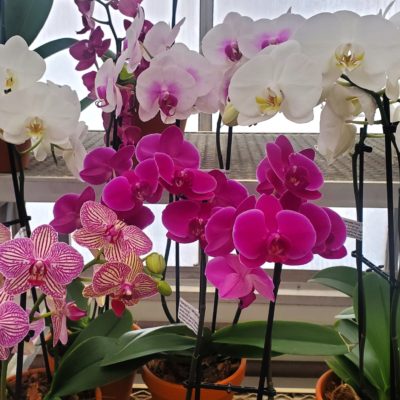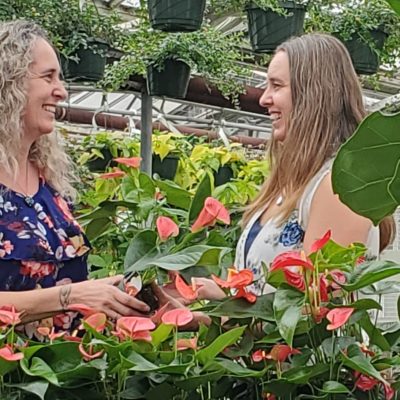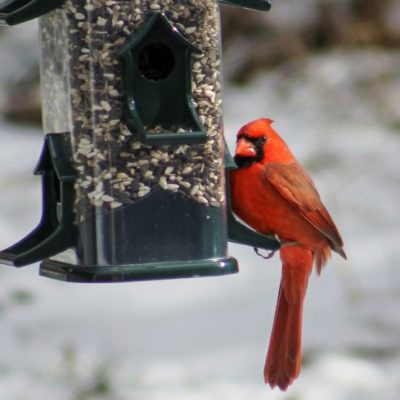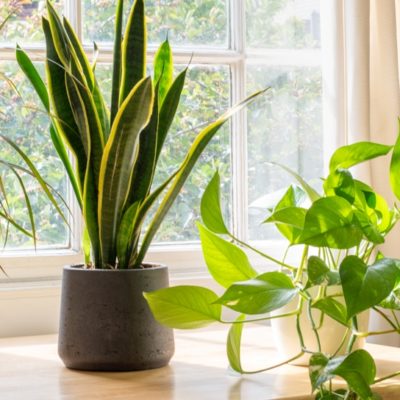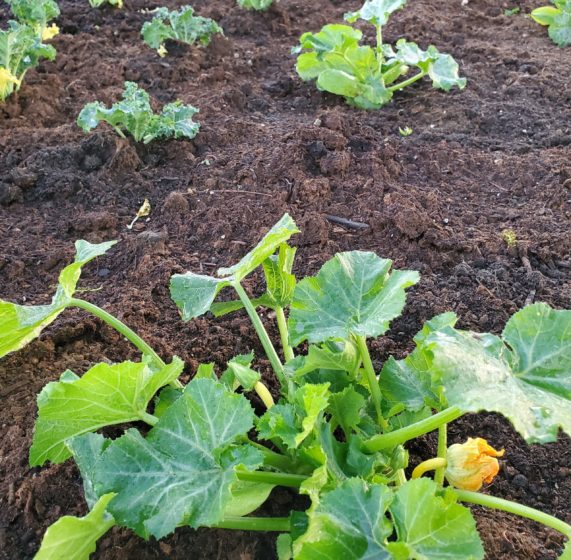
Planning Your Vegetable Garden: In-Ground Plots
There’s something about growing your own food that is oh so satisfying, even if it’s just a few tomatoes or a handful of sweet green peas. Best of all, growing vegetables and other edible plants is surprisingly easy and will only reap benefits for you, your family, and your neighbours if you seeded too many zucchini!
Find Your (Sun)Light
You can change your soil and you can change your watering habits, but you can’t change the sun. Discover where it shines on your potential garden beds, and for how long, to determine your ideal location. Always go for the sunniest location you can find, as most vegetables and herbs require full sun (6 hours in the afternoon at minimum, ideally 8+ hours every day).
East Facing = Morning Sun (good light but weaker energy levels)
South Facing = Full Sun (ideal vegetable growing location)
West Facing = Afternoon Sun (excellent light and strong energy levels)
Highest Sun Energy Levels: 11am to 4pm
But even if your garden faces north you still have options: lettuce, spinach, peas, and even kale can actually benefit from the extra shade during those summer heat waves. They’ll still need as much direct sunlight as possible for photosynthesis, and may not produce as much as your south-facing neighbours.
Not too Wet, Not too Dry
Along with sunlight, all plants need a place in the soil to call home and access to clean water. Your garden bed should be relatively level with well-drained soil; not many vegetables will thrive in a bog. If you’ve got a lot of sand or clay, mix in several inches of peat moss to help with water drainage and retention issues; adding compost, manure, 3/1 mix, and/or black earth will also increase nutrient levels. Good soil = good food! Now is a great time to add extensions or soaker attachments to your hoses in order to reach all corners of the garden, if necessary.
Keep it Simple and Tasty
Not every garden plot can produce a full holiday dinner, and that’s okay! Take a look at the space you have to work with, your sun exposure, and what you and your family actually enjoy eating, and go from there. Start your veggie plot by growing 3 or 4 vegetables really well; it will mean less food waste and more confidence in your abilities! If a certain variety doesn’t work out, you can switch it out and try something new next year.
Do Your Research Now, Reap Benefits Later
You may want to buy seeds and plants super early, partly from excitement and partly because supplies can disappear very quickly! But take the time to really dig into the details when it comes to each veggie’s growing habits. Thanks to seed packets and plant tags, it’s easy to find out how much real estate your pumpkins will need (hint: it’s a lot!) or the height your tomatoes can reach. Make a list of potential variety choices, their seeding and harvest times, and their maximum height and spread (or width). These details are very important; you want all your plants get a share of sunlight without overcrowding.
Short Seasons = More Harvests
In your research, you’ll find that some vegetables ripen much quicker than others. These are perfect for “succession planting” or seeding small crops every few weeks, so you get manageable portions of fresh produce with less food waste! The best vegetables for succession planting include: peas, beans, carrots, beets, radishes, and most types of lettuce. Read your seed packets carefully to find the best planting frequencies; you many want to avoid seeding during the high heat of summer.
Seeds or Starter Plants?
Nearly all vegetables are grown from seed, but not all of them have the same timing. Some varieties need to be started indoors* in late winter/early spring, while others can wait until May or June to be popped straight into the garden bed. Check your seed packets early to verify the best sowing dates. If you don’t have the room to set up your own indoor growing station, most vegetables can be purchased as starter plants in spring. Starting your garden off with larger plants is a great way to get your garden growing, though selection and availability can change quickly; be prepared to shop early in the spring and designate a warm, sunny spot indoors for all plants until the risk of frost is gone.
Easy Seeds for Beginner Gardeners: Beans, Beets, Carrots, Chard, Corn, Cucumbers, Kale, Lettuce, Melons, Peas, Radishes, Spinach, Squash (Summer & Winter), Tomatoes
Edible Flowers (for Pollinators!): Calendula, Marigolds, Nasturtiums, Pansies, Violas
*Check out our 5-part blog series on Seed Starting, which has lots of information on materials and equipment, understanding your seed packets, and the delicate timing of “hardening off” your seedlings.
Leave Space for Your Feet
You may be a free-spirit, toss-seeds-into-the-wind type of farmer, or maybe you prefer a carefully planned blueprint (drawn to scale, of course). Either way, you need to leave room for your feet! Vegetables and edible plants are meant to be harvested, with some requiring frequent picking to keep their crops coming. So after you factor in the plants’ maximum spread, add a few inches between the varieties so you can get in there comfortably without having to play Twister in your tomatoes! Bonus: the extra spacing will help with airflow, which can help keep fungi, bacteria and other issues at bay.
Garden Planning Tips:
– Place tall varieties at the back or north side of your beds to reduce shading.
– Use trellises to save on space; pole beans, peas, cucumbers, and even small melons can all grow up vertical supports. Try to plant these at the back or north side of your garden.
– Shorter season varieties, like herbs and lettuce, can be closer to the front for an easier harvest.


